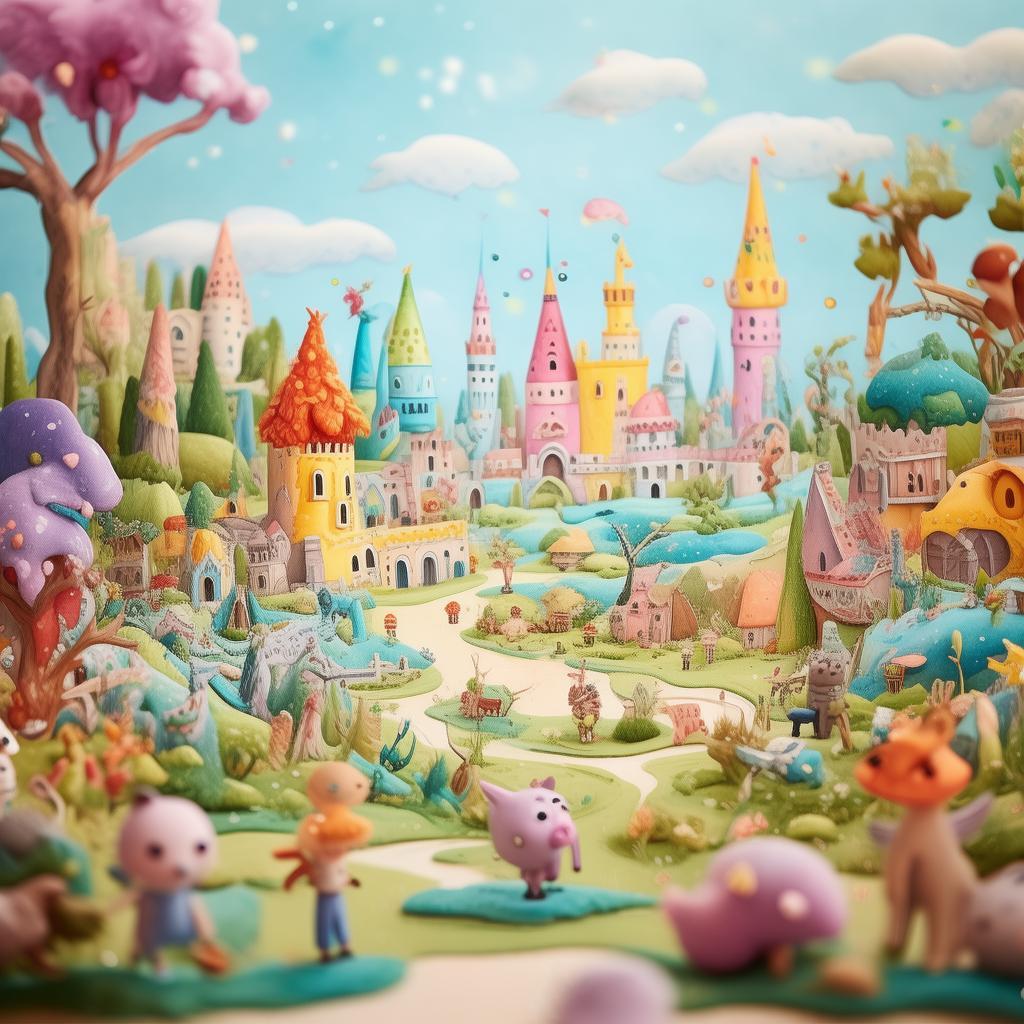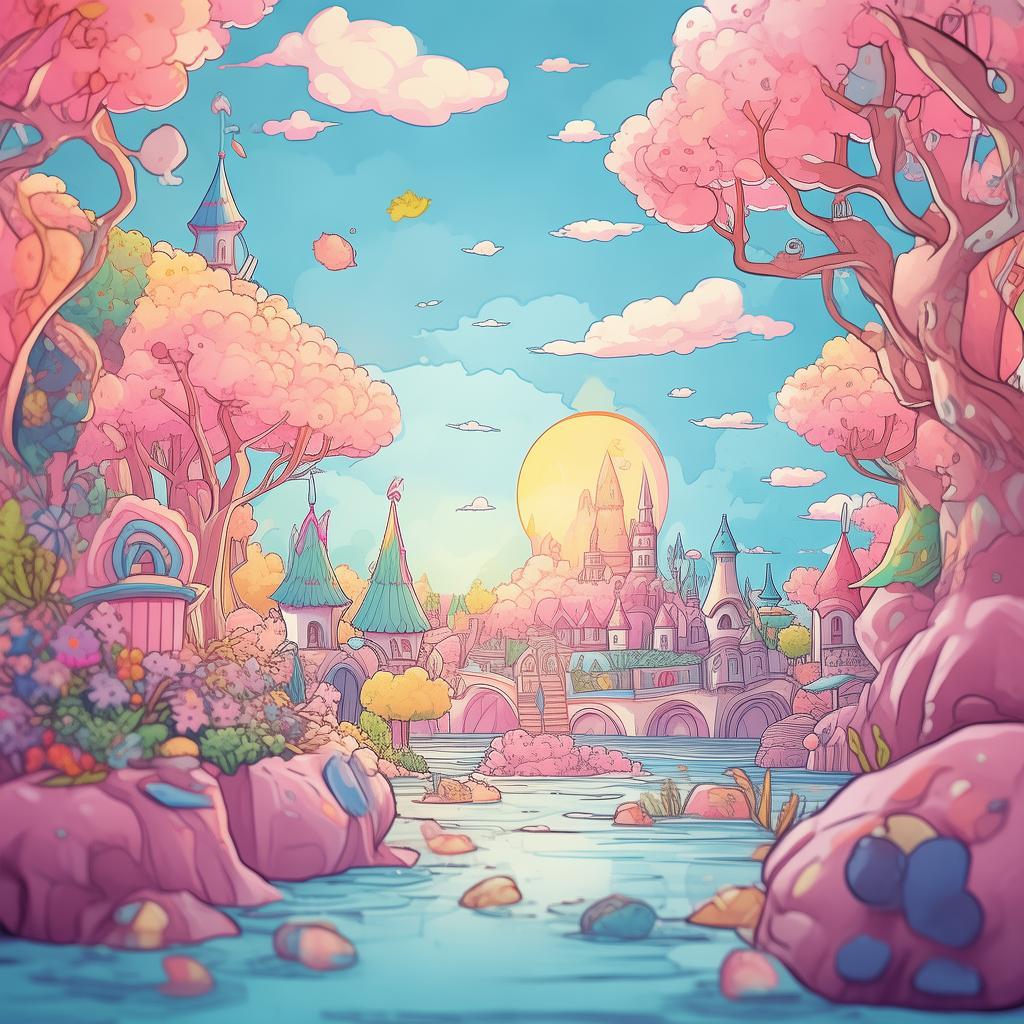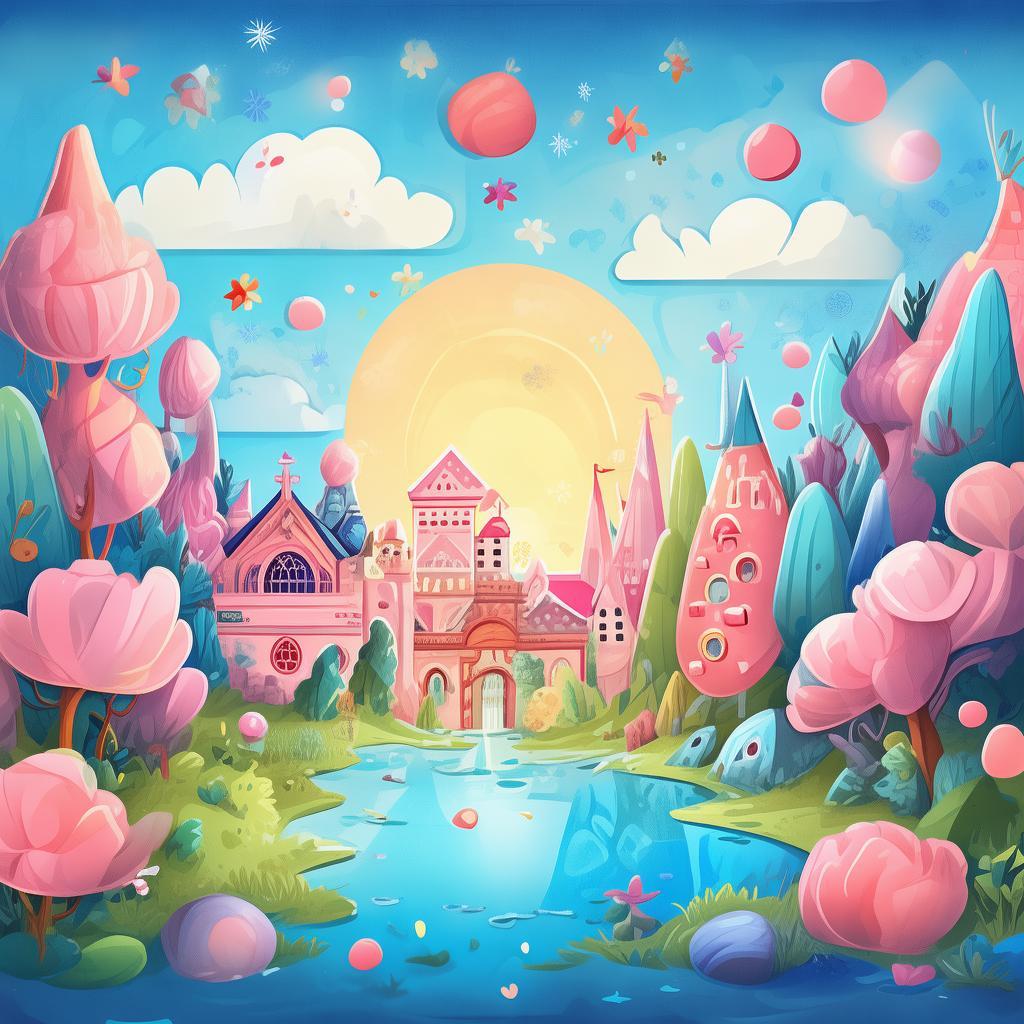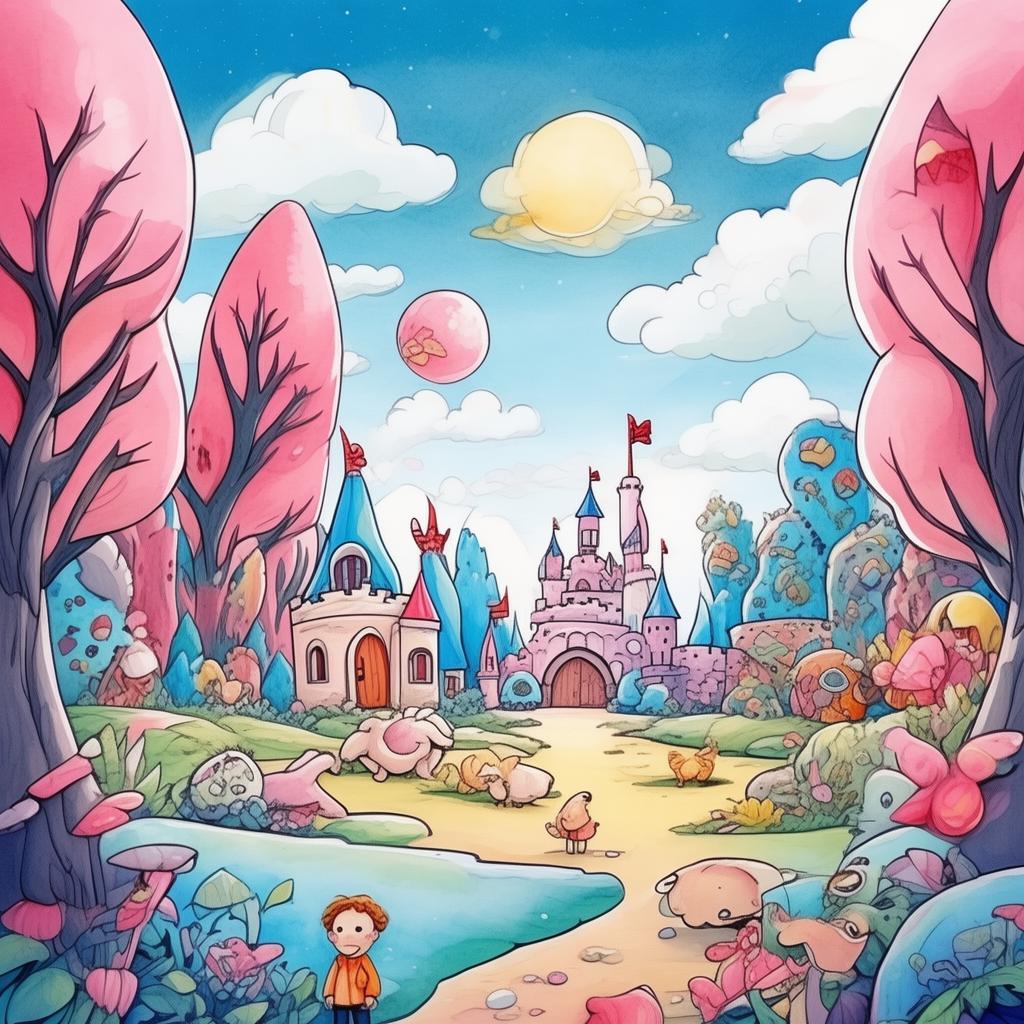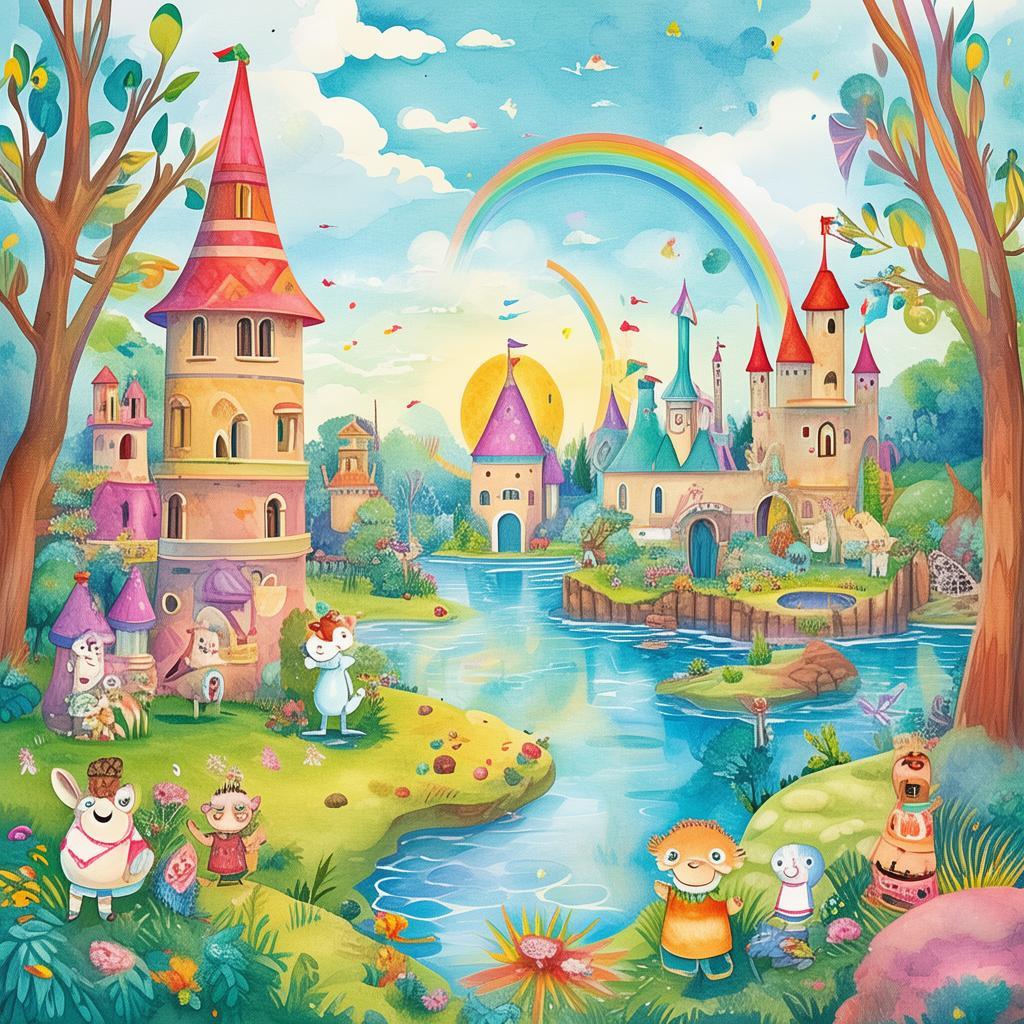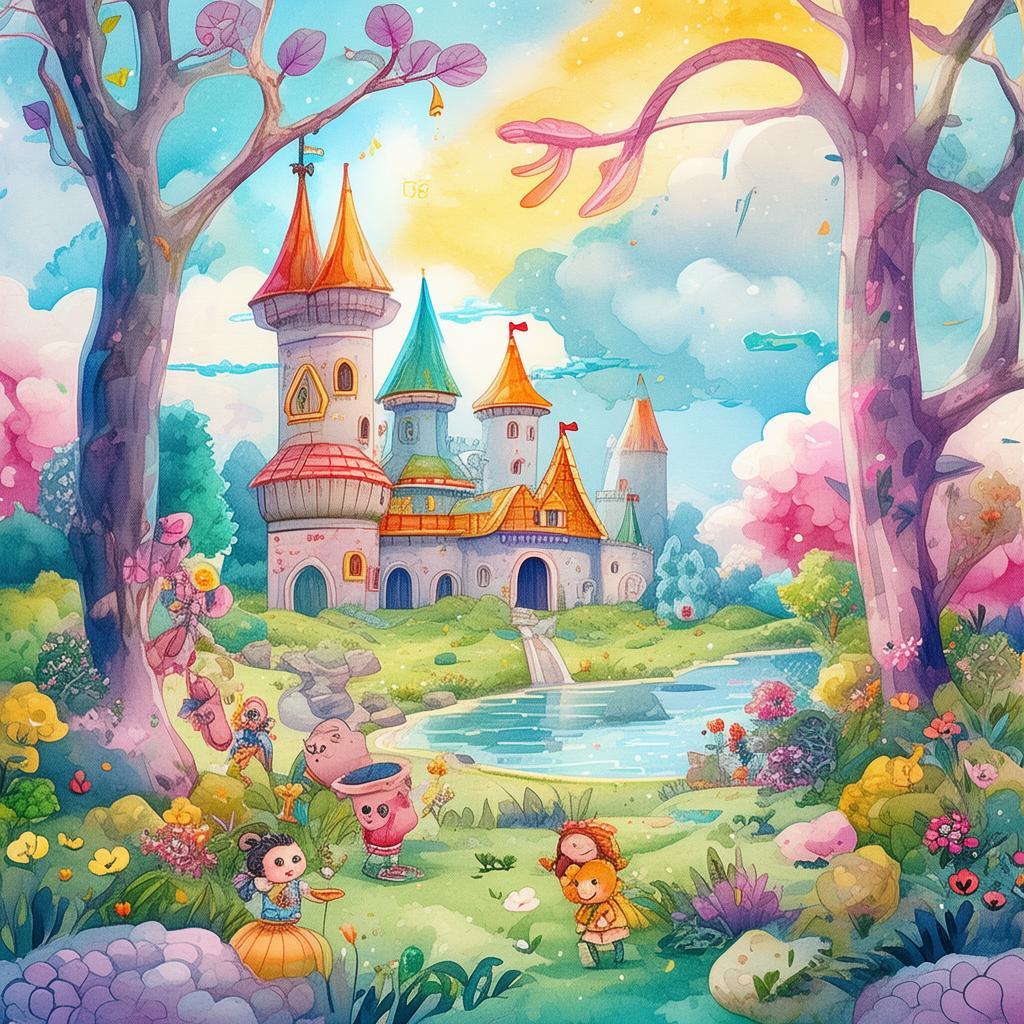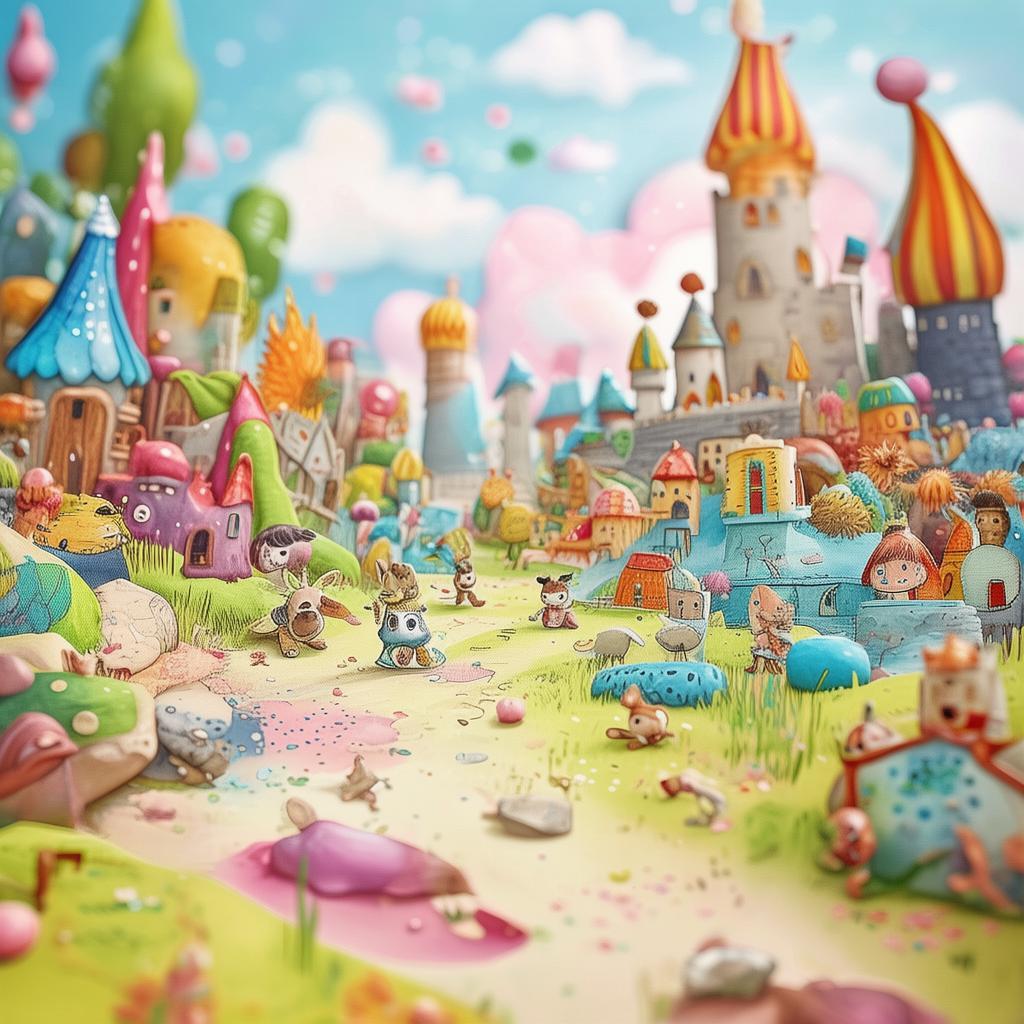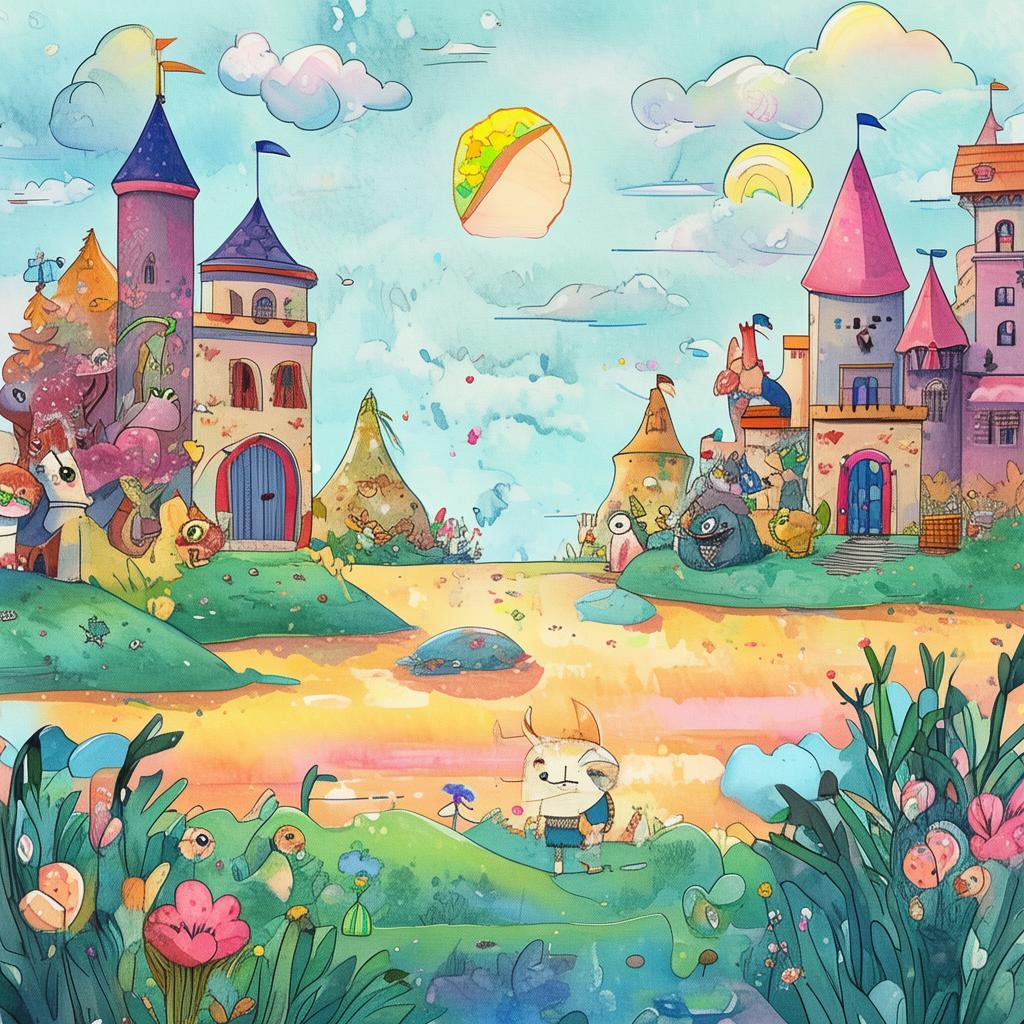Colors of Conscience: The Tale of Little Leo
Once upon a time, in a small village nestled between rolling hills and whispering forests, there lived a curious little boy named Leo. Leo was not like the other children in his village; he was fascinated by the world beyond the horizon, the one where the colors were as varied as the leaves on the trees. He spent his days painting the world as he saw it, using every color in his box to bring his imagination to life.
One day, as Leo was painting, he noticed a peculiar book lying on the floor of his father's study. The book was titled "The Coloring download of the Political Palette," and it was filled with strange symbols and words that Leo had never seen before. Intrigued, he opened the book and found himself drawn into a world of colors that represented different political ideas.
The first color Leo encountered was red, which symbolized freedom and revolution. The pages were filled with vibrant illustrations of people fighting for their rights, their faces alight with passion and determination. Leo felt a rush of excitement as he imagined himself among these brave souls.
Next came blue, representing peace and cooperation. The pages were calm and serene, depicting scenes of harmony and understanding. Leo's heart swelled with warmth, and he thought of his friends and family, who lived in a world of love and respect.
As Leo continued to explore the book, he discovered other colors, each with its own unique meaning: green for the environment, yellow for prosperity, and purple for mystery and imagination. Each color was a window into a different perspective, a different way of looking at the world.

One day, while Leo was absorbed in his colorful adventure, he heard a voice calling his name. It was the book itself, speaking to him in a gentle, soothing tone. "Little Leo," it said, "the colors in this book are not just symbols; they are living beings. They can teach you about the world and the people in it."
Curious, Leo agreed, and the book opened up to reveal a new world, a world where the colors were alive and could move. Red, Blue, Green, Yellow, and Purple, each with its own personality and story, began to share their experiences with Leo.
Red told Leo about the struggles of the people in his land, how they fought for their freedom and the right to be heard. Blue spoke of the peace that could be achieved through understanding and cooperation, how neighbors could live in harmony despite their differences. Green spoke of the importance of taking care of the Earth, of living in balance with nature. Yellow spoke of the importance of hard work and the joy of success. Purple spoke of the beauty of imagination and the endless possibilities it held.
As Leo listened to the colors, he realized that each one had its own strengths and weaknesses. They were not perfect, but they were all necessary for a world to thrive. He learned that just as the colors were different, so too were the people, and that it was important to understand and respect each other's viewpoints.
One day, the village was threatened by a storm. The people were frightened and unsure of what to do. Leo, inspired by his newfound knowledge, called upon the colors to help him. He asked Red to bring courage, Blue to bring calm, Green to bring wisdom, Yellow to bring hope, and Purple to bring creativity.
Together, the colors worked their magic. Red's courage inspired the villagers to stand together and face the storm. Blue's calm brought a sense of peace and understanding, as neighbors helped each other prepare for the worst. Green's wisdom led them to build shelters that could withstand the storm's fury. Yellow's hope kept their spirits high, and Purple's creativity brought laughter and joy in the face of adversity.
When the storm finally passed, the village was safe and sound. The people had learned that by coming together and respecting each other's differences, they could overcome any challenge. Leo had learned that the true power of the Political Palette was not in the colors themselves, but in the understanding and acceptance of the diverse ideas they represented.
From that day on, Leo continued to paint the world, not just with colors, but with the wisdom he had gained from his adventure. He became a bridge between the different perspectives in his village, helping to foster a sense of unity and understanding.
And so, Little Leo's story spread far and wide, reminding everyone that the true strength of a community lies in its diversity and the willingness to embrace it. The Coloring download of the Political Palette had given Leo a gift, and he used it to make the world a better place, one color at a time.
✨ Original Statement ✨
All articles published on this website (including but not limited to text, images, videos, and other content) are original or authorized for reposting and are protected by relevant laws. Without the explicit written permission of this website, no individual or organization may copy, modify, repost, or use the content for commercial purposes.
If you need to quote or cooperate, please contact this site for authorization. We reserve the right to pursue legal responsibility for any unauthorized use.
Hereby declared.

